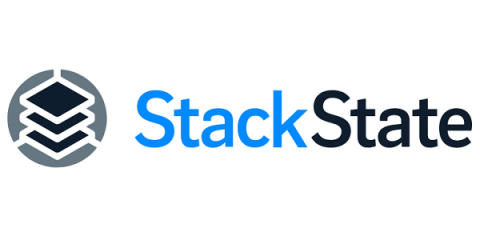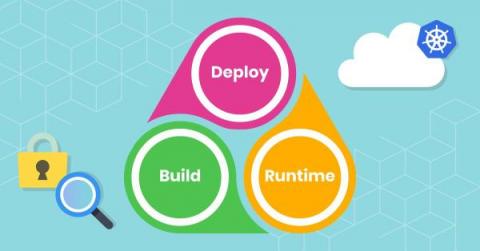Network observability, now publicly shareable
What fun is network observability if you can’t share what you see? That’s why we’ve added public link sharing to the Kentik platform. One of the greater missions of network observability is to break the boundaries of conventional monitoring. At Kentik, we focused our initial efforts on making complex infrastructure problems easy to visualize, understand and resolve. Now we’re tackling a follow-up mandate: to democratize network observability.











